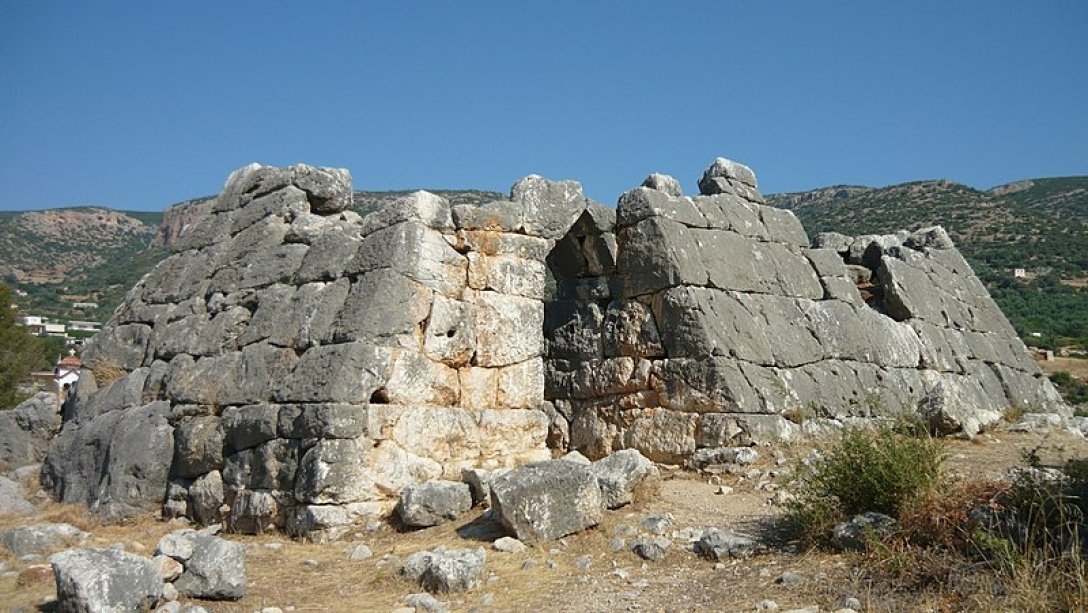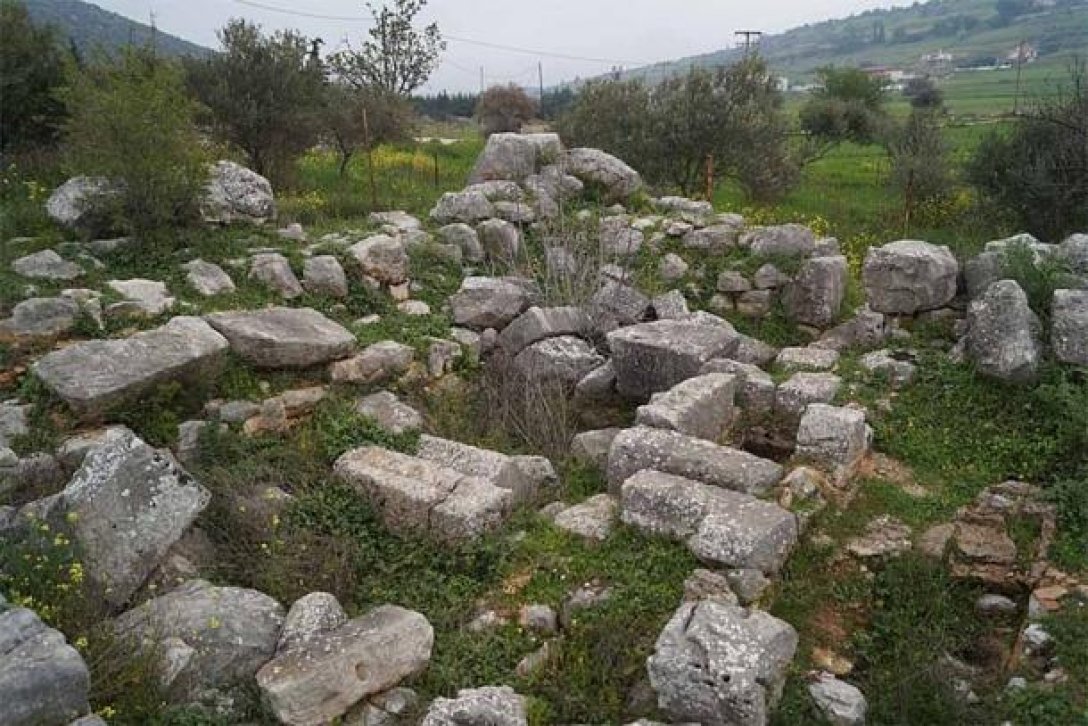When we hear the word “pyramids”, our thoughts immediately go back to Egypt, but the pyramids are scattered all over the world: America, Europe, Asia and India.
When you hear the word “pyramids”, you probably think of Egyptian religious buildings, but did you know that pyramids exist all over the world? They are not limited to Egypt, they can be found beyond its borders. Even more surprising is that the ancient Greeks built pyramids at the same time as the Egyptians, or even before them, writes Ancient Origins.
Known as the “Pyramids of Argolis”, these ancient structures are located on the plains of Argolis in Greece and date back to up to 5,000 years ago. One of the most famous among them is the Hellenikon Pyramid.
Focus.Technology has its own Telegram channel. Subscribe so you don’t miss the latest and most exciting news from the world of science!
Hellenikon pyramid

The Helleniconian pyramid is mentioned by the ancient Greek traveler and geographer Pausanias in his “Description of Greece”
Photo: Wikipedia
The Helleniconian pyramid is mentioned by the ancient Greek traveler and geographer Pausanias in his “Description of Greece”. Pausanias described two pyramidal structures, one of which served as a tomb for warriors who died in the battle for the Argive throne, and the other is believed to have been the tomb of Args who died in battle around 669 BC. He wrote:
“On the road from Argos to Epidaurus there is a building on the right that is very similar to a pyramid, and on it are shields of the Argian shape carved in relief. Here a struggle for the throne took place between Protus and Acrisius; the competition, they say, ended in a draw, and then reconciliation came, since neither of them was unable to achieve a decisive victory. It is said that they and their masters were armed with shields, first used in this battle. A common tomb was built here for the fallen on both sides, since they were fellow citizens and relatives.”
Historically, the age of the pyramid has been a subject of debate. In 1938, an American archaeological expedition estimated its construction at approximately 300-400 BC. But in 1991, a scientific team led by Professor Lyritsis used a new method to calculate the age of the pyramid, placing it at approximately 3000 BC. Later research by the Academy of Athens and the University of Edinburgh revised this date to 2720 BC.

Manuscript of Pausanias “Description of Greece” in the Laurentian Library
Photo: Public Domain
If these findings are accurate, this would make the pyramid older than the famous Pyramid of Djoser in Egypt, which is considered one of the oldest Egyptian pyramids, although the exact age of such structures remains a controversial issue.
It is important to note that the Hellenikon Pyramid is not even close in size to its Egyptian counterparts. Its dimensions are only 7 x 9 meters. Nevertheless, this building is of great importance for understanding the beginnings of Greek civilization. Unfortunately, the excavations of this monument are surprisingly abandoned.
In 2017, the Greek Ministry of Culture even questioned whether the structure was truly a pyramid. In an official statement addressing the dispute, they suggested that it might be a fort or monument rather than a prehistoric pyramid, implying that previous excavations had been ignored.
Pyramid of Ligurio
Another outstanding Greek pyramid is located northwest of the city of Ligurio, at the foot of Mount Arachnaion. Built in the 4th century BC. e. Made of limestone blocks, this pyramid is larger than the Hellenikon Pyramid and measures 14 x 12 meters.

Remains of the pyramid of Ligurio, Greece
Photo: Schuppi/ CC BY-SA 4.0
The interior of the pyramid is divided into four zones, separated by walls made of smaller, irregular stones. The outer wall once had a stone bench surrounding it on all sides. Today, only the base remains of the pyramid.
Researchers believe that this pyramid was originally built as a military fort due to its proximity to the ancient Argos-Epidaurus road, where several forts were built along the route. In 1937, during archaeological excavations, pottery shards dating back to the 5th-4th century BC were found. e., as well as a coin from Epidaurus, dated 323-300 BC. e. Fire damaged the pyramid in the 1st century BC, and its final destruction probably occurred in the 4th or 5th century AD.
Important
The oldest song that has been completely preserved: what is known about the “Epitaph of Seikil” (video)
Egyptian connection
Some historians have tried to draw parallels between the ancient Egyptian pyramids and the Greek ones. They even suggested that Greek pyramids may have served as storage facilities for Egyptian mercenaries, or that the tradition of building pyramids for burial purposes came to Greece from Egypt. However, there is no hard evidence to support these theories.
More conservative theories suggest that the Greek pyramids were simply used as places to store agricultural products or as shelters for people during conflicts. It is noteworthy that no human remains were found inside the pyramids, despite Pausanias describing them as tombs.
In conclusion, the Greek pyramids, although not as grand as the Egyptian ones, are outstanding historical artifacts that challenge our understanding of ancient civilizations. While many questions remain open, they offer a unique insight into Greece’s rich history and the mysteries of its past.
Previously Focus wrote about the catacombs of Kom esh-Shukafa: how a donkey discovered the Miracle of Ancient Egypt.
We also talked about the New Kingdom cemetery, where archaeologists discovered the “Book of the Dead” and royal burials.









